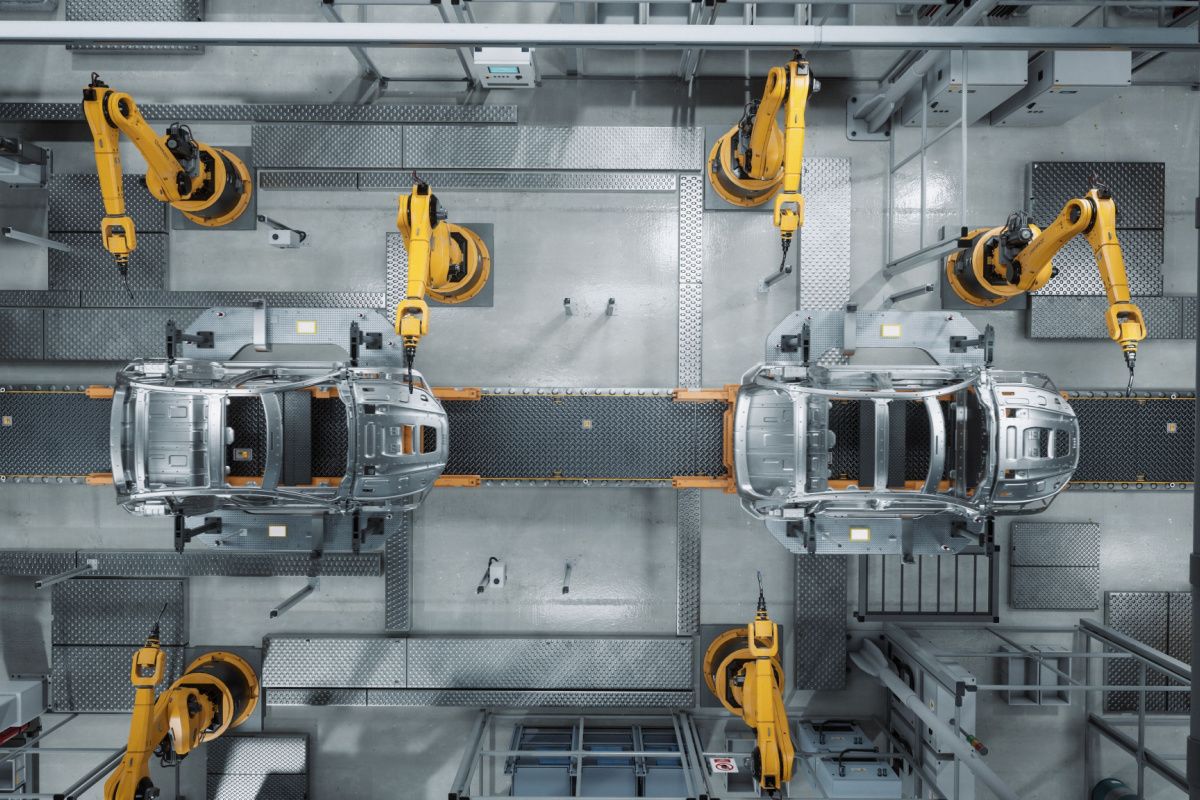This website uses cookies so that we can provide you with the best user experience possible. Cookie information is stored in your browser and performs functions such as recognising you when you return to our website and helping our team to understand which sections of the website you find most interesting and useful.
Consumers are ready for increased vehicle connectivity. But automakers and automotive OEMs are behind the curve in rolling out and monetising connected features. A survey by McKinsey and Co found that 37% of drivers would switch their preferred car brand to reap the benefits of improved autonomous driving, connectivity, electrification and shared mobility (ACES) features.
A total of 39% of respondees said they would be interested in paying to unlock additional features after purchasing a vehicle—rising to 47% for customers of premium brands. However, the report said automakers have made slow progress rolling out connectivity features—and they are missing out on significant data monetisation opportunities across the vehicle value chain as a result.
The survey identified nine emerging ACES B2B and B2C use cases that could increase value for automakers:
- Product and service strategies
- R&D optimisation
- Improved sales efficiency
- Hardware and software on demand
- Creating seamless in-car experiences
- Mobility insurance
- Telemetrics—vehicle and fleet monitoring
- Infrastructure planning and optimisation
- Vehicle safety and security
Leveraging these opportunities amounts to $180 in annual cost savings and $310 in additional revenue per vehicle.
So why have automakers been so slow to engage? The report suggests slow investment following the global COVID pandemic is partly to blame. It also says that developing electrical/electronic (E/E) architecture has been slower than expected as players across the value chain struggle to hire skilled talent. Automakers also face significant strategic challenges: The industry needed to be quicker to convince motorists of the value of connected services. Many of the services rolled out so far have been hampered by poor user experience.
On a more fundamental level, manufacturers haven’t successfully transitioned their organisations from physical manufacturing to software and software-as-a-service (SaaS) development. Few major players have created teams dedicated to exploring and developing data monetisation opportunities across the value chain and instead take a ‘siloed’ approach with no consistent strategy to monetise data from manufacture to point-of-sale.
In addition, automakers haven’t sufficiently extended their B2B networks to work more closely with third-party infrastructure and data and service providers to bring scalable solutions to market.

How should automakers respond?
The McKinsey report sets out five core strategies for automakers to catch up to consumer demand for ACES connectivity at what it describes as a historic ‘inflection point’ for the tech.
Short-term profits, long-term investment
Automakers face a combination of operational challenges right now. Many are still recovering from the COVID pandemic, which resulted in a 20m reduction in volume-of-sales globally. In addition, emissions regulations and upcoming global bans on petrol and diesel vehicles are also hampering profitability. Therefore, automakers need to stabilise in the short term to make long-term investments in ACES tech.
Improving user experience
In the smartphone age, automakers don’t just compete with one another but also with sophisticated hi-tech players in the mobile and software space. Automakers must ditch complex sign-up processes, improve UX and offer hassle-free over-the-air (OTA) updates.
Regulation
Manufacturers shouldn’t see data regulation as an obstacle to connectivity and data monetisation. Instead, regulatory frameworks like the EU’s General Data Protection Regulation (GDPR) and the California Consumer Privacy Act (CCPA) in the US should be viewed as clear guidelines for successful data monetisation.
Leveraging new opportunities
The McKinsey report notes that the most advanced OEMs have moved light years ahead of the competition by developing E/E architecture and ACES features that fall outside the traditional wheelhouse of automotive manufacturing. And many automakers now successfully compete in typically outsourced areas, such as in-vehicle infotainment. Companies must set out effective make-vs-buy strategies now. “Those that hesitate might become little more than vehicle assemblers,” warns the McKinsey report.
Adopting a lifecycle mindset
The automotive industry has typically relied on revenue generation at point-of-sale and aftermarket—but that’s already changing. Drivers are beginning to rethink their relationship with ownership, with almost a million drivers already signed up for rental or subscription vehicle services.
The growth of subscription services shows the value of adopting a lifecycle mindset to data monetisation and highlights the willingness of consumers to sign up for profitable aftermarket extras like BMW’s subscription-only heated seats.
Automakers may also partner with insurers or other mobility players for lucrative data monetisation opportunities.
What’s your strategy?
Even the most advanced automakers can’t do it all. To compete in the ACES revolution, manufacturers must weigh available capital and time-to-market consideration against their in-house capabilities when deciding whether to develop or outsource bespoke systems.
And as the sector reaches a tipping point, companies that begin leveraging opportunities from across the value chain today will have a competitive advantage: “Given the industry’s current underperformance on data monetisation, new players with innovative approaches could rapidly gain an advantage over slower-moving incumbents,” concludes the McKinsey report. “Those that fail to act now will miss the opportunity to differentiate themselves in one of the industry’s key customer-facing spaces.”
However your business weights its make-buy strategy, you can ensure it’s not one of the slow-movers—with dedicated support across the value chain.
In manufacturing, our industrial components and controls are helping clients embrace Industry 4.0 and the Industrial Internet of Things (IIOT) — and reap the financial, efficiency and sustainability rewards of data, digitisation and improved automation.
And we’ve partnered with some of the world’s leading OEMs to keep EV designers ahead of the curve with ACES tech by providing the ECU, sensor and power tech for the next generation of connected green vehicles.
Ready to innovate with Dalroad
Contact our team of engineers for unbiased, independent advice on future-proof ACES components and systems.

